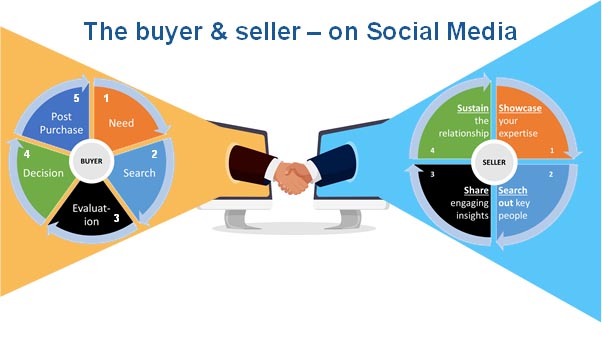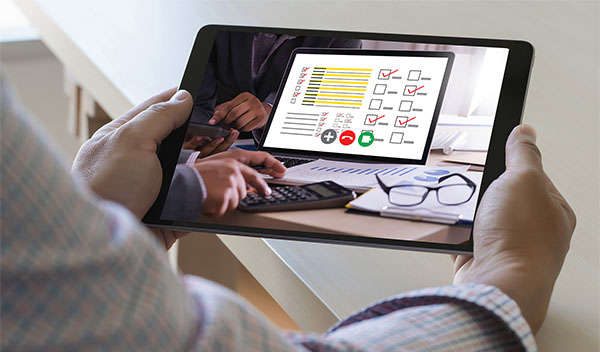Mercuri’s 4S Model for Social Selling Success
The Mercuri model for Social Selling Success is made up of 4 steps:

1. SHOWCASE your expertise
Define and create your social brand persona. To do this you would need to choose appropriate social platforms, review your social image, craft a compelling summary, use multiple media, become searchable and create a valuable social network
2. SEARCH out key people
Where can you find Customers? The answer to this is in a 3S social equipment kit – (i) Search Engines, (ii) Social Channels and (iii) Search Tools. Use the 3S social equipment kit to figure out where your Customers are and whether you are on the right platform to find them. Steps will include
- Map Customers by their social media preferences, using a Search Engine Results Chart
- Master elements of the search syntax and Boolean search
- Incorporate the insights from your search exercise into a final Social Selling Selection Matrix. This will serve as a guide post for your social selling initiatives
Within a social media platform, people can be hard to find. So, it would be a good idea to spend time in the groups where your customers are. Otherwise, you could risk missing your Customers. Following companies which are reported to be evaluating your product line, posting content likely to helpful in procurement decisions and staying active in exchanges with key decision makers and influencers are other action points that could be helpful.
3. SHARE engaging insights
This should include posting own and original articles and content which are helpful and of value to the target groups. People want to communicate with ‘people’, rather than a ‘company’. No surprise that postings of real people get more response than company / brand accounts in social media. But it is good to remember that “Social Selling” is not the same as “Selling on Social”. Attempts to sell on social turns off Customers. Before posting content or offering your views in an online thread, it might be good to check where your content belongs in the Content Matrix. You can test it against two important criteria - Social Shareability and Brand Alignment
That would help you decide if the shareable content or view is a piece of
- Sweet spot
- Hard work
- Waste of time or
- Spam
4.SUSTAIN relationships
What does it mean to build a relationship on social media? Share of mind, driven by a desire to add value, is all it takes. However, some caveats:
- Remember social relationships are not conventional or casual
- Keep in mind the purpose which should be to help the Customer achieve her/his goal
- Recognise the thin line between being supportive and coming across as intrusive
- Support the Customer on the buying journey
- Engage in active Social Listening to spot Customer concerns
The 3 golden rules for sustaining social relationships are:
a) Share consistently
b) Recover quickly when there are slip ups. Learn the art of social recovery
c) Switch to off-line at the earliest

















